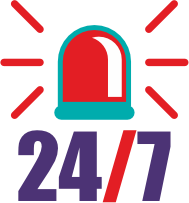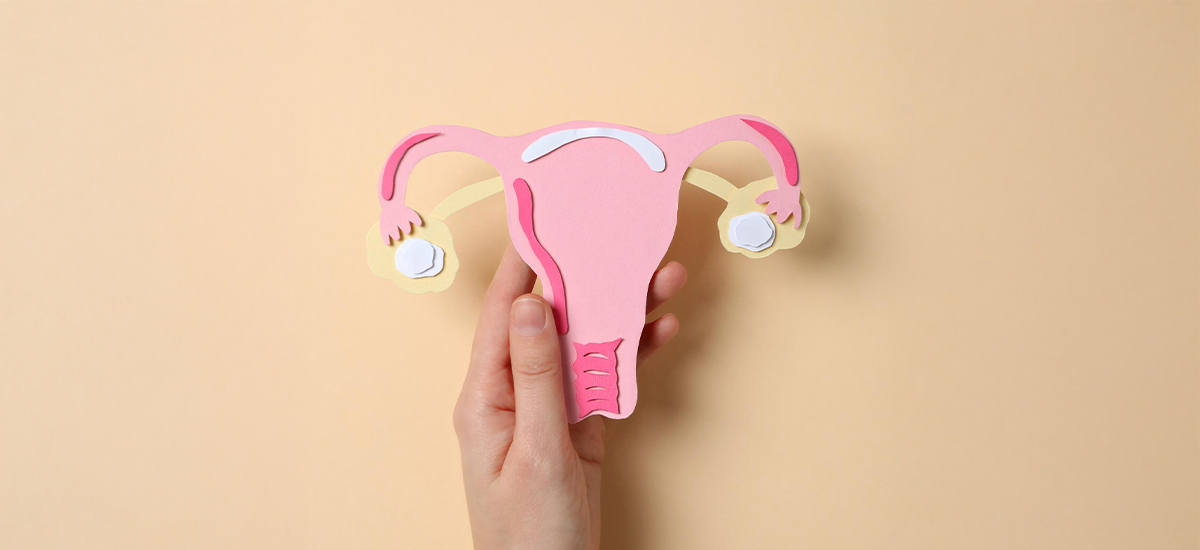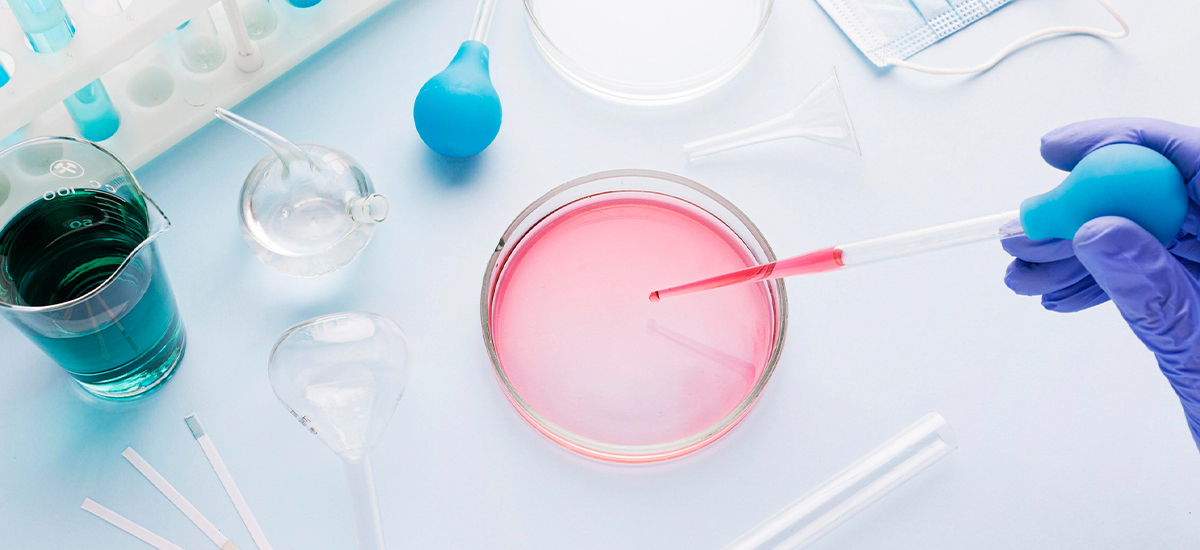Categories
Stage 4 Endometriosis: What It Means, How to Relieve Pain, and Your Fertility Options
Sep 29, 2025
Stage 4
endometriosis means many deep
implants, large ovarian cysts called endometriomas, and dense adhesions that
can pull the ovaries, tubes, uterus, and bowel together. Pain can be intense,
yet pain level does not always match stage. Fertility is often affected because
anatomy is distorted. Ultrasound and MRI map disease; laparoscopy confirms and
can treat. For pain, hormones help. For pregnancy, choose surgery to restore
anatomy or IVF to bypass tubes based on age, ovarian reserve, and time.
What’s next: The inside picture, the pain-now versus time
pressure order, the fertility path by situation, the tests that truly guide
choices, and how to keep gains.
What
“stage 4” looks like inside the pelvis
Stage 4 is a
structural map, not a pain score.
Deep patches of tissue sit on the ligaments
and pelvic lining. One or both ovaries may have endometriomas, often more than
3–4 cm. Adhesions tie organs together and can kink the fallopian tubes. This
makes egg pick-up harder and can lower the chance of natural conception.
Knowing this map explains why pain care and fertility planning must run
together.
Put
pain and time in the right order
Two pressures
collide: daily pain and a calendar that keeps moving. Set a simple order for
the next 6–12 months.
·
If pain stops work, sleep, or sex: lower pain fast with medical
suppression. Common options are continuous combined pills, progestins such as
dienogest, a levonorgestrel IUD, or a short course of GnRH medicines with
add-back. These calm inflammation in weeks.
·
Add surgery when pain stays high, when organs are stuck, or when
endometriomas block scans or treatment. Ask for conservative, ovarian-sparing
technique.
·
If pregnancy is the near goal: choose steps that help conception soon,
not someday.
The
fertility path by situation
Match the plan to
the bottleneck you actually have.
·
Anatomy is the main blocker and reserve is fair: free stuck ovaries and tubes with careful
laparoscopy. Then try naturally or with IUI for up to 6–9 months if age is
under 35 and tests are reassuring.
·
Time pressure is high (age 35 or more, low AMH/AFC, long attempts, or prior ovarian surgery):
move to IVF first to bypass tubes and adhesions. Consider limited
surgery only if it improves egg retrieval or relieves strong pain.
·
Large endometrioma needs removal: discuss the expected effect on AMH. Ask the surgeon to protect normal
ovarian tissue. If reserve is borderline, consider freezing eggs or embryos
before surgery.
Tests
that actually guide decisions
Good plans come
from a small set of targeted checks.
·
Transvaginal ultrasound: best first look for endometriomas and for signs that ovaries are stuck.
·
MRI pelvis: maps deep disease near bowel or bladder and helps a surgeon plan the
safest route.
·
Diagnostic laparoscopy: confirms stage and treats in the same sitting when indicated.
·
Ovarian reserve: AMH blood test and antral follicle count before any
ovarian surgery. These numbers guide the sequence of surgery and IVF.
·
Tubes and cavity: HSG or saline/foam ultrasound checks if tubes are open and the uterine
cavity is clear.
·
Partner check: a semen analysis early prevents lost months. Fertility is a couple
property.
Endometrioma
choices that protect egg supply
Endometriomas
create pain and can block follicle access during IVF. They also sit within
ovarian tissue.
If removal is needed, ask about cystectomy
with careful hemostasis and minimal heat. Confirm that your AMH and ultrasound
follicle count were measured first. If access for IVF is possible and pain is
controlled, some patients proceed to IVF without removing a small, stable cyst.
Decide with numbers in hand, not by default.
Recovery
and keeping gains
After laparoscopy
most people walk the same day and return to light activity within a week. Use
simple steps to hold the benefit.
Resume hormonal suppression if you are pausing
pregnancy to lower recurrence risk. Keep a bowel-friendly routine if deep
disease touched the rectovaginal area: fiber, fluids, and pelvic-floor
physiotherapy if advised. Sleep and regular movement lower flare frequency.
None of these cure endometriosis; they make the next months steadier.











